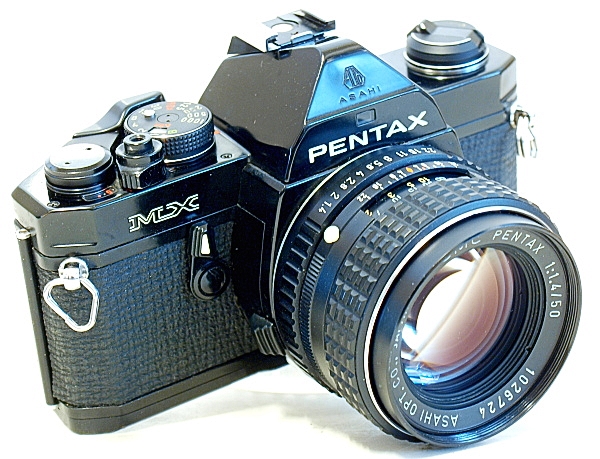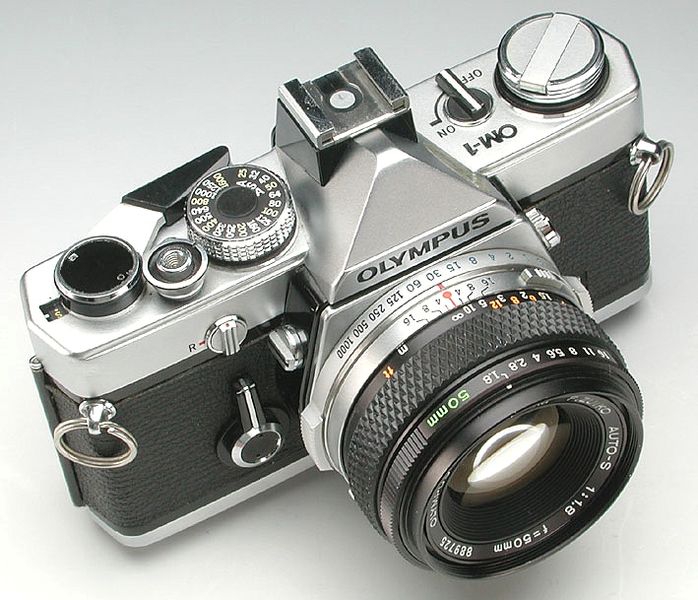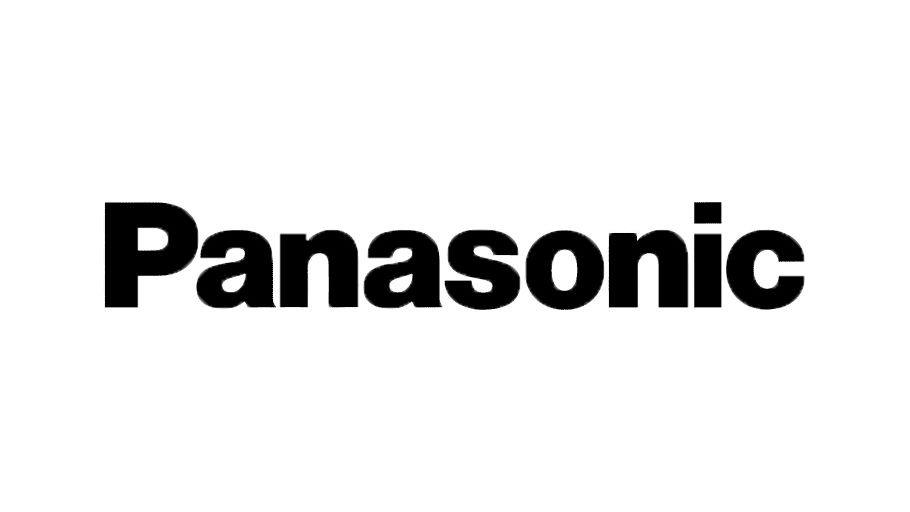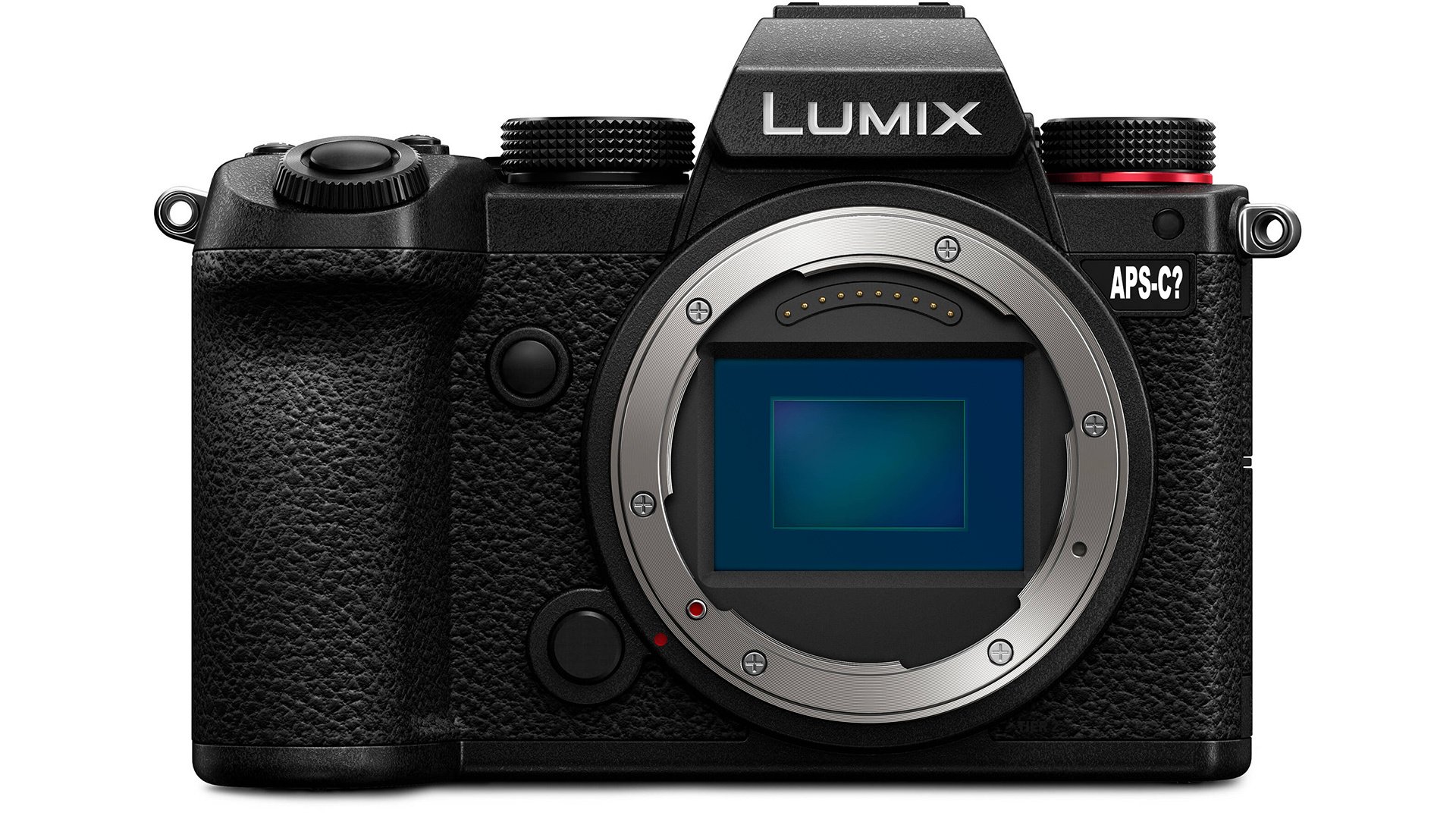I have Canon EF and EFS system and I dont find it practical to use EF lenses on EFS Cameras.
And same for my friend with Sony A7 and 6500.
Physically you can do it, but why would you pair a lenses meant for a larger body on a more compact one,
unless you are using the compact body as a back up.
eg. I would use a 18-135 lenses on my EOS 80D (which is pretty small).
THis is equal to about 24-200 on my FF EOS 5D.
But it is ridiculous to put a EF 16-35mm to get about 24-50 (although you can)
or a 24-105 lens which gives you 36 - 150mm? I find it hard to find a focal range
I am used to when I put my EF lenses on EF-S camera.
To me, there is no point having a 1-Mount system for different sensor size.
And same for my friend with Sony A7 and 6500.
Physically you can do it, but why would you pair a lenses meant for a larger body on a more compact one,
unless you are using the compact body as a back up.
eg. I would use a 18-135 lenses on my EOS 80D (which is pretty small).
THis is equal to about 24-200 on my FF EOS 5D.
But it is ridiculous to put a EF 16-35mm to get about 24-50 (although you can)
or a 24-105 lens which gives you 36 - 150mm? I find it hard to find a focal range
I am used to when I put my EF lenses on EF-S camera.
To me, there is no point having a 1-Mount system for different sensor size.
*cough Leica M9 2009, FF and mirrorless *cough
*cough Sigma fp.. it's tiny and FF *cough
Anyways, the 33MP 8K sensor in the Sharp implies it is in 16:9 for the m43 diagonal. So it'd only be suitable for other video m43 cameras rather than stills unless you don't mind shooting all your stills in 16:9 too.
But other 4:3 8K capable sensors exists eg. https://www.sony-semicon.co.jp/products/common/pdf/IMX492LLJ_LQJ_Flyer.pdf
This takes the pixel density way out in front equal to approx 164MP FF, 73MP 1.5X APS-C and even slightly more than the current 20MP 1" sensors. So m43 could maintain their niche pixel density advantage with such a sensor for applications such as macro's and wildlife.
As for Panasonic, reiterating what I wrote previously I think there's a good chance they might bring APS-C to L-mount.
It's just more economical if they're playing in more than one sensor format and more importantly their existing partners in the alliance already offer APS-C products for the L-mount.
But I can still see ways Panasonic m43 can progress, either via adapters or just co-developing identical cameras in both L and m43 mounts using the same APS-C sensor.
Last edited:








